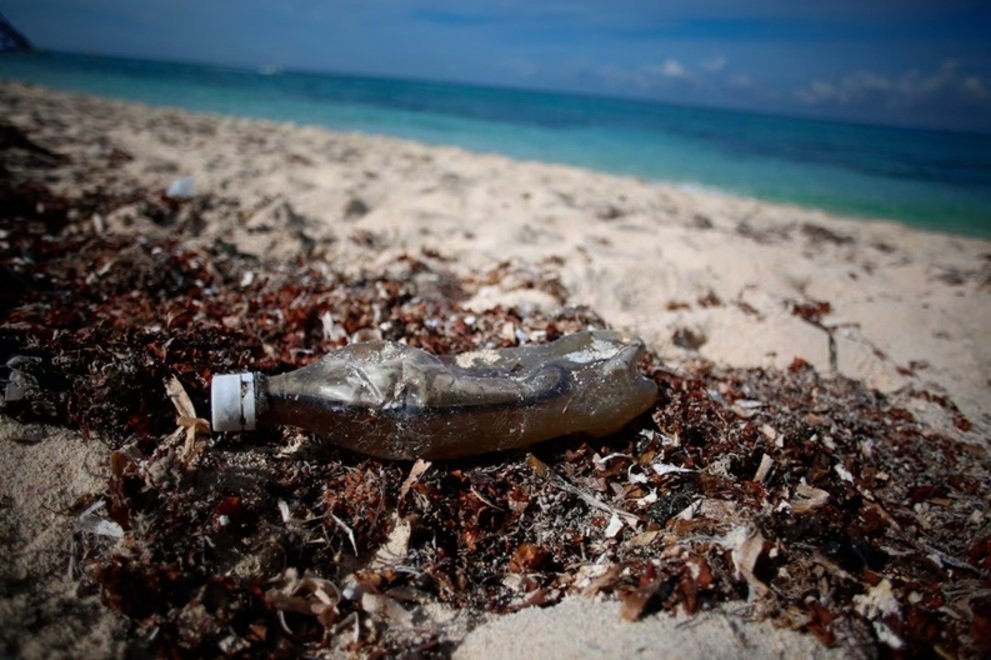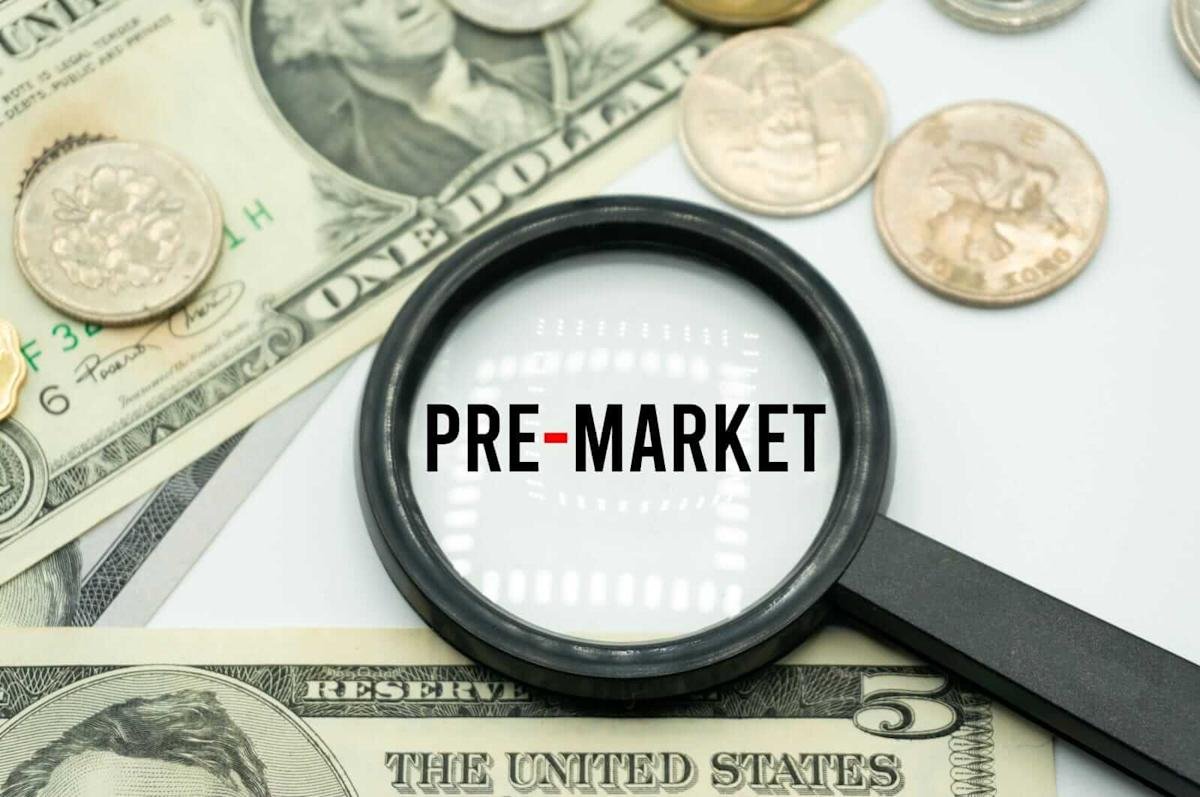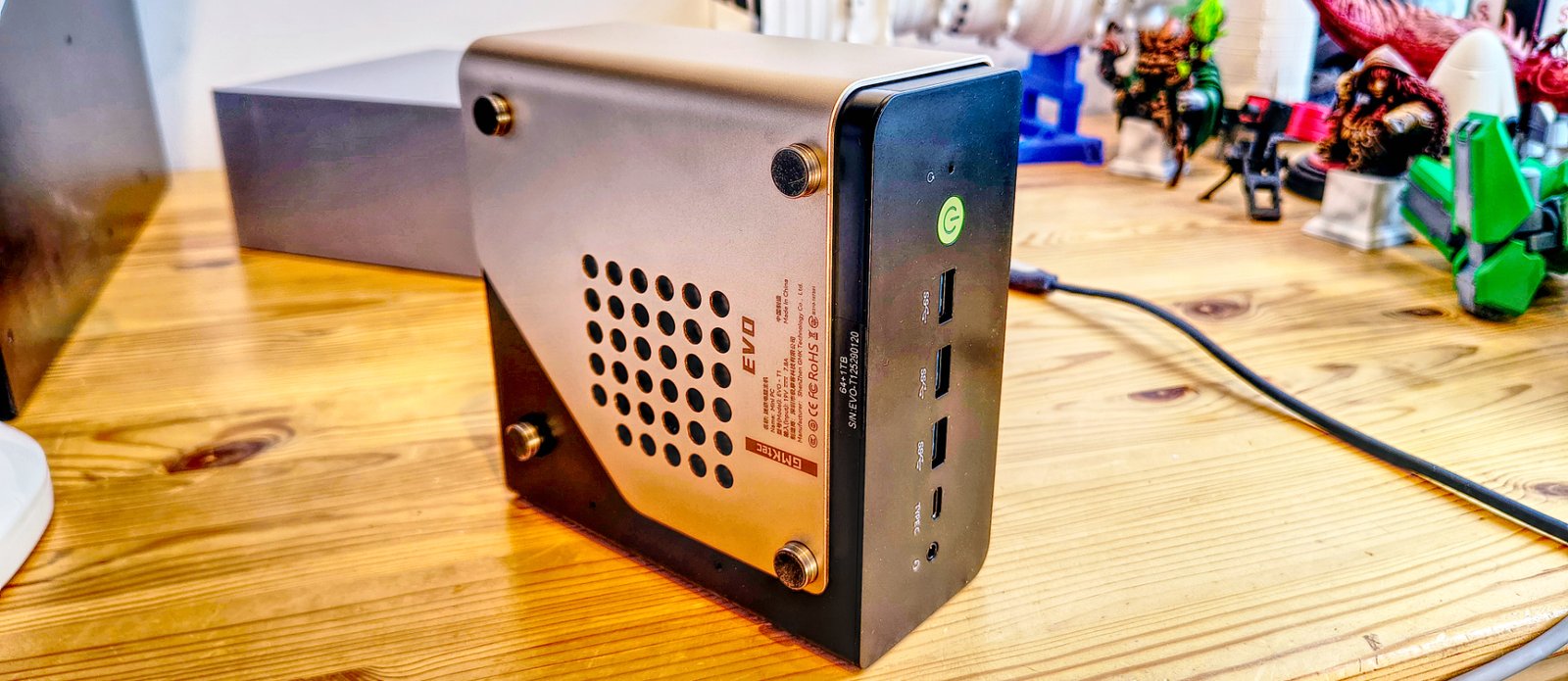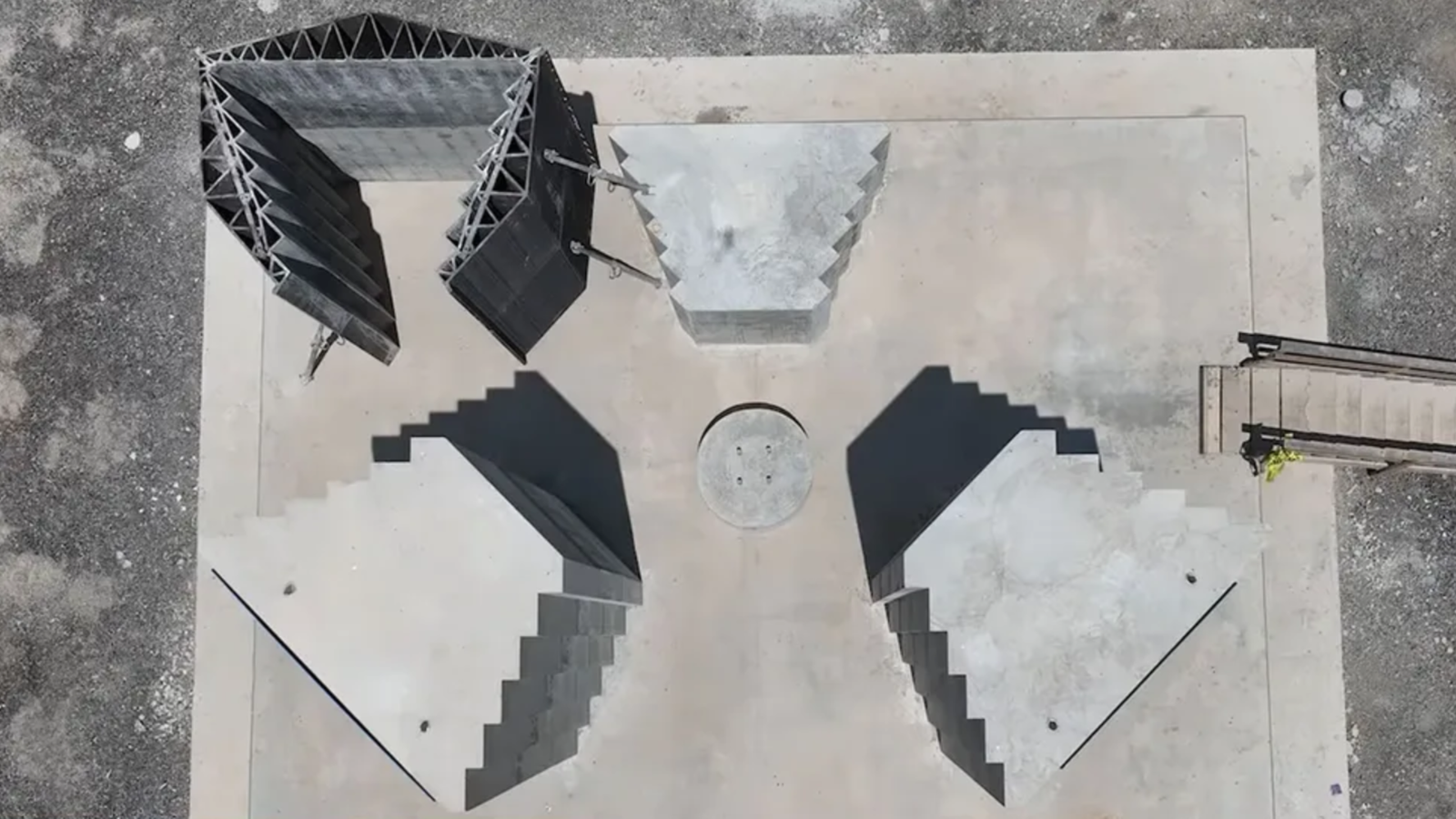From Nicaragua’s fishing villages to Guatemala’s mangrove swamps, plastic bottles are arriving faster than anyone can clean them up—tagged with dates, stamped with codes, and floating in on tides that carry the imprint of a throwaway world.
A Shoreline That Reads Like a Ledger
Walk the coastlines of Central America and you won’t just find seaweed or shells—you’ll find names, barcodes, dates. Bottles half-buried in volcanic sand, labels still legible. A 2001 Powerade bottle was found on a beach south of Lima. A 2002 Coca-Cola container pried from the dunes of Chile’s Robinson Crusoe Island.
But those weathered relics are the outliers. According to marine ecologist Ostin Garcés, the majority of plastic flooding Central America’s beaches is disturbingly fresh. “Most bottles we found were less than a year old,” he told Wired. His team just completed the largest-ever survey of Pacific coast plastic in Latin America: 12,000 kilometers, ten countries, ninety-two beaches, and thousands of volunteer data collectors.
The findings weren’t vague. They were forensic.
Each bottle was logged—its brand, bottler, date code, and country of origin recorded. The results painted a grim portrait: nearly 60% of the bottles had been produced in the same region where they were found. This wasn’t foreign pollution. It was homegrown consumption with no exit plan.
Nowhere was that pattern more alarming than in El Salvador, Guatemala, and Nicaragua. All three topped the charts for plastic density, percentage of locally made bottles, and lack of organic waste relative to synthetic debris. “What you’re seeing,” Garcés said, “is a collision of climate heat, population growth, and governments that don’t have the tools to keep up with plastic.”
Bottled Water—and the Deeper Crisis It Hides
In La Libertad, a surf town on El Salvador’s southern coast, the trash tells a deeper story. Volunteer Katherine Brizuela lifted a Pepsi bottle from the sand. Printed on its neck: ES-23-05—made in San Salvador eleven months ago. Nearby, house-brand jugs from local supermarkets were everywhere.
“These bottles aren’t just pollution,” Garcés explained. “They’re proof that people don’t trust their taps.”
Wired followed the survey team into Intipucá, where mothers fill five-liter jugs for their children. Toddlers grow up associating water with plastic, not faucets. “Plastic is how we drink life,” said local organizer Lilian Martínez.
It’s a cruel irony. Central America’s Caribbean slope is one of the wettest regions on Earth, blanketed in cloud forests. But the Pacific side often goes dry—and plumbing, when it exists, is inconsistent and unpurified. That pushes families toward bottled water, especially in hot seasons.
On La Libertad’s beaches, the cycle plays out in real time. Children kick around a soccer ball made from a crushed Coke bottle. Fishermen haul sardine nets caked with plastic caps. “This stuff clogs our motors and kills the bait,” fisherman Luis Amador told Wired. “But we don’t have any choice. This is what people drink.”
Plastic’s Global Circuit and the Creatures It Carries
Not all bottles come from the region.
In the open Pacific, where the ocean becomes a highway, bottles drift in from far beyond the horizon. Off Rapa Nui, trawlers haul in Chinese tea bottles crusted with barnacles. In the Galápagos, Japanese juice containers wash up alongside tangled nets.
The currents tell the story: water moves north past New Zealand, skirts Chile and Peru, and then swings west toward Central America—where it finally dumps its cargo into what scientists call the North Pacific garbage patch.
And it’s not just bottles that float. It’s life.
Barnacles, crabs, and even entire colonies of marine hitchhikers cling to these plastic lifeboats. Garcés calls them “invasive tide-pools.” Each bottle can carry species across hemispheres, threatening isolated ecosystems like Robinson Crusoe or the Galápagos, both UNESCO biosphere reserves.
“Every unmarked bottle is an immigration crisis in miniature,” he told Wired.
The plastics themselves tell stories of resilience. Even after weeks at sea, many bottles still carry readable barcodes. That allowed Garcés’s team to trace one bottle from a Honduran bottling plant to a mangrove swamp in southern Mexico. That kind of traceability proves a key point: pollution now has a return address.
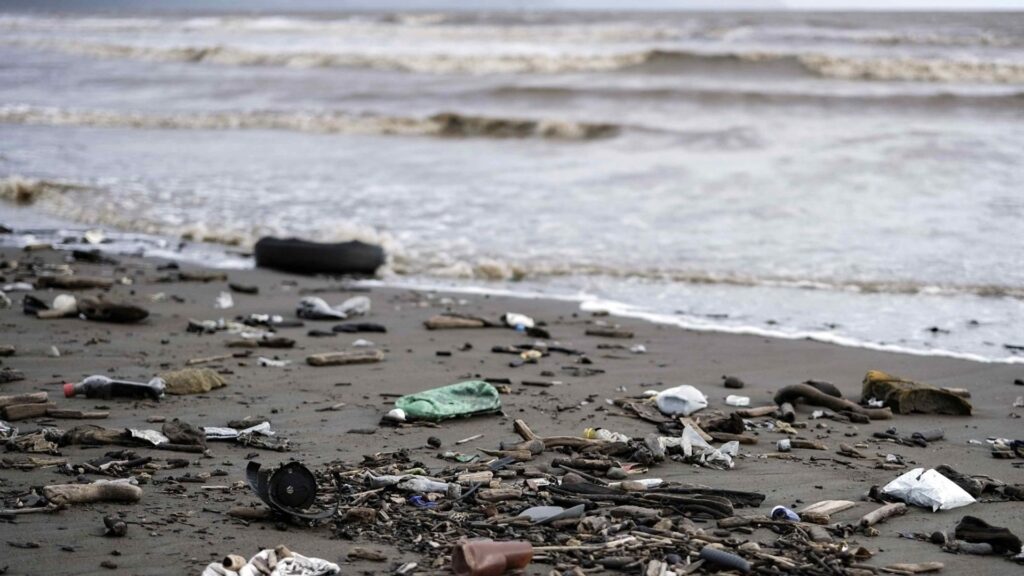
EFE
Can the Region Reinvent Its Bottle Story?
The survey didn’t just end with a depressing tally. It ended with a proposal: go back to the future.
Garcés wants to bring back the standardized, reusable glass bottles that once dominated Latin America. “When I was a kid,” he told Wired, “you returned your bottle to the corner store and got a few cents back. Nobody threw them away.” The loop worked—and made very little waste.
Some breweries in Mexico and Guatemala still use returnables. One Guatemalan cooperative told Wired they reuse each bottle up to 40 times, cutting plastic waste by 80% and creating jobs at wash plants.
But change won’t happen without pressure. Garcés wants national governments to create mandatory deposit systems—a few pesos for each returned bottle—and to tie import licenses for beverage companies to recycling benchmarks. Costa Rica has started to experiment with buy-back centers where fishers are paid by the kilo for plastic they collect.
The bigger battle is happening on the world stage. The UN Global Plastic Treaty, currently stalled, could set hard caps on single-use plastic and force multinational brands to internalize cleanup costs. For Garcés and his team, the treaty is a once-in-a-generation chance.
But even the best global treaty won’t matter if kids in Nicaragua still grow up thinking drinking water only comes from plastic.
Wired ends its report on a quiet hillside, where volunteers restock survey gear from a dusty jug filled at a communal well. It’s not high-tech. But it’s clean. And it’s not plastic.
Also Read: Mexico’s Vape Ban Is the Law—But the Smoke Hasn’t Cleared
The bottle? A recycled Coca-Cola. Scrubbed, refilled, and reused—just like it used to be.
Wired initially reported all interviews and data.

